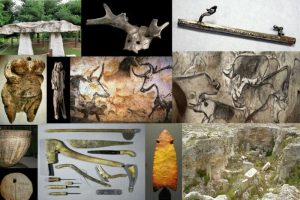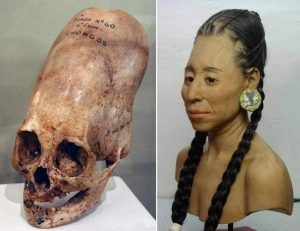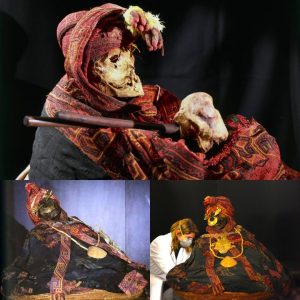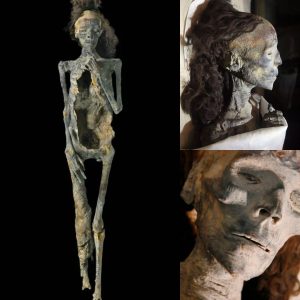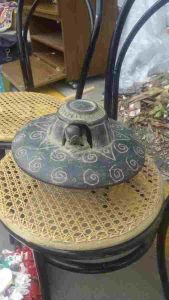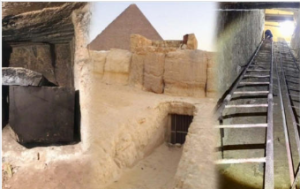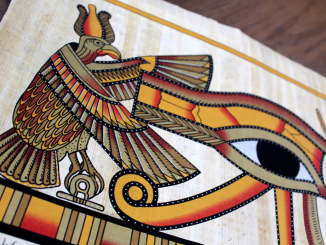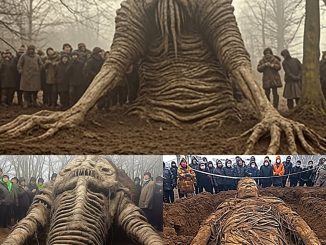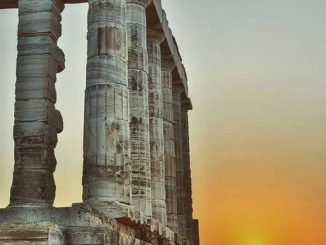Delve into the depths of ancient South American civilization with the intriguing practices of the Paracas culture, which thrived between 800 BCE and 1 CE. Nestled along the sun-drenched coast of Peru, the Paracas society stands as one of the earliest and most sophisticated civilizations of its time, leaving behind a legacy shrouded in mystery and fascination.
Central to the identity of the Paracas people were their elaborate funerary practices, characterized by the creation of intricate “mummy bundles.” These bundles, comprising individual or multiple individuals, were meticulously wrapped in layers of textiles, creating a cocoon-like enclosure that preserved the remains for centuries.
The unique environmental conditions of the subtropical desert environment provided the perfect backdrop for the art of mummification, enabling the preservation of not only the bodies but also the spectacular textiles that adorned the bundles. Within this arid landscape, the secrets of the past lay undisturbed, waiting to be unearthed by modern archaeologists.
Each mummy bundle revealed a poignant tableau of ancient life, with the bodies discovered in a crouched and hunched position within wicker baskets placed at the center of the fabric layers. This arrangement spoke volumes about the spiritual beliefs and cultural traditions of the Paracas people, offering a glimpse into their worldview and understanding of the afterlife.
What truly sets the Paracas mummy bundles apart is the lavishness with which they were adorned. Many of the mummies were found wearing garments and accessories of exquisite craftsmanship, indicating a person of high social status. These elaborate textiles served not only as a means of preserving the deceased but also as symbols of wealth, power, and prestige within the society.
In some instances, the layers of fabric used to construct the mummy bundles numbered over 60, attesting to the meticulous care and attention to detail invested in the funerary process. Each layer was carefully laid, serving as a testament to the reverence with which the Paracas people regarded their departed loved ones.
As we unravel the mysteries of the Paracas culture, we are reminded of the richness and complexity of human history. Through the study of their funerary practices and material culture, we gain insights into the beliefs, customs, and social dynamics of this ancient civilization, illuminating the paths of our shared heritage.

